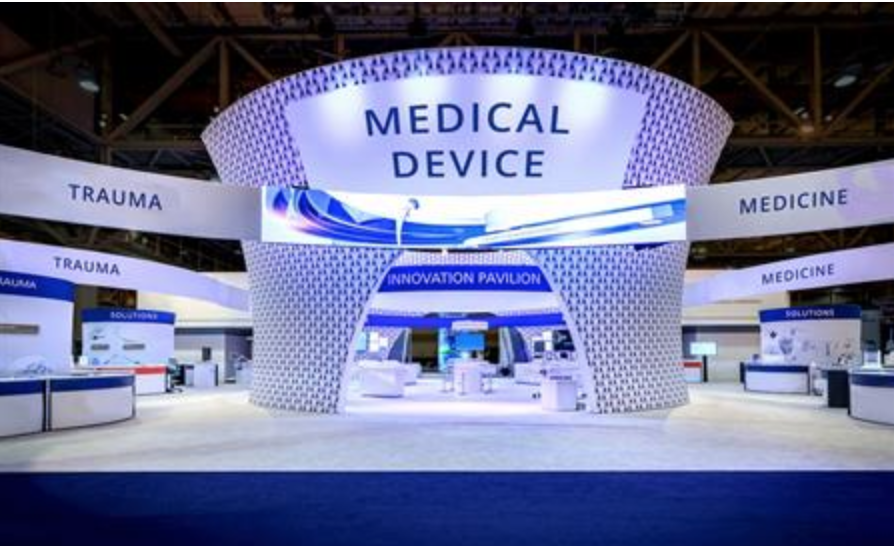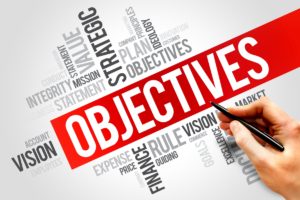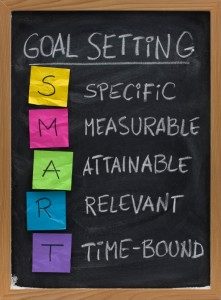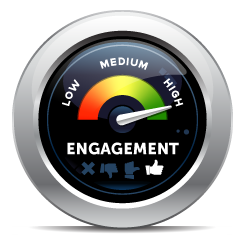Prelude
The core focus of the EU MDRs is Postmarket surveillance [PMS], with the recent guidance document, TIR 20416:2020 reinforces this quite clearly[1]. The goals of PMS are:
- Monitoring medical device safety and performance
- Meeting regulatory requirements
- Contributing to lifecycle management
To achieve these goals the guidance document wants manufacturers to:
- Actively and systematically gather data
- Record and analyze relevant data
- Focus on quality, safety, and performance
- Engage in PMS data gathering and, more importantly, analysis as a lifecycle activity
- Use this data to draw conclusions regarding quality, safety, and performance
- Modulate rigor of PMS activities based on the risk class
Further, the guidance states what is to be done with the collected data:
- To update the benefit-risk determination and to improve the risk management as referred to in Chapter 1 Annex I;
- To update the design and manufacturing information, the instructions for use. and the labeling;
- To update the clinical evaluation;
- To update the summary of safety and clinical performance referred to in Article 32;
- For the identification of needs for preventive, corrective, or field safety corrective action;
- For the identification of options to improve the usability, performance, and safety of the device;
- When relevant, to contribute to the PMS of other devices; and
- To detect and report trends in accordance with Article 88.
Set-up
So, does Marketing or Product management play a role in PMS? Well look at it this way, if you don’t, then you are in for some surprises. Just look at the concepts in the lists above [bolded], do you currently play a role with regards to these concepts?
What role should we play?
At the very least, you as a marketer need to be aware of, and involved with, any PMS findings that might impact your product line or device.
I got involved with the design of the PMS process and reviewed every Incident Investigation. Communication to the field was only a small part of the role I always played.
The only thing worst than not having a formal PMS process is not knowing that you need one.
The PMS process should not be feared or viewed as a necessary evil but as an opportunity to better satisfy your customer and provide a safer product to the field.
Two types of data collection are required, proactive and reactive. As a marketer you need to support quality or customer service in writing and interrupting:
Proactive data from-
- Surveys
- Questionnaires
- Clinician user interviews
- The use or membership in registries
- PM clinical follow-up studies (if you have to do them make them worthwhile as a promotional opportunity
- Monitor the market environment for activity by competitors
Reactive data from-
- Complaints
- Service reports
- Maintenance reports
- Unsolicited observations from all stakeholder (good and bad)
All this data should be feedback to your new product development teams regularly.
Conclusion:
You must, as a marketer, be involved with the PMS process!
Lessons:
- Make the regulatory processes work for you.
- If you are acting as a customer advocate get involved with every aspect of your product line.
- You are responsible for protecting the brand, PMS is a great early warning system when the brand is in jeopardy.
“Experience is what you get, right after you need it most.”
Make it a great day!
Tim Walker
Tim Walker is the Principal Consultant for The Experia® Group, a consulting firm specializing in providing experience and expertise during critical device commercialization phases to increase the probability of success.
One-on-One, or, team coaching is available.
www.theexperiagroup.com. Contact, The Experia® Group for a free 30-minute consultation to determine if 30+ years of experience can contribute to your success. [email protected]
© 2021, The Experia® Group, LLC
[1] Risk-based Postmarket Surveillance In The Age Of EU MDR: Incident Investigation, Jayet Moon, December 11, 2020. Med Device Online.
















